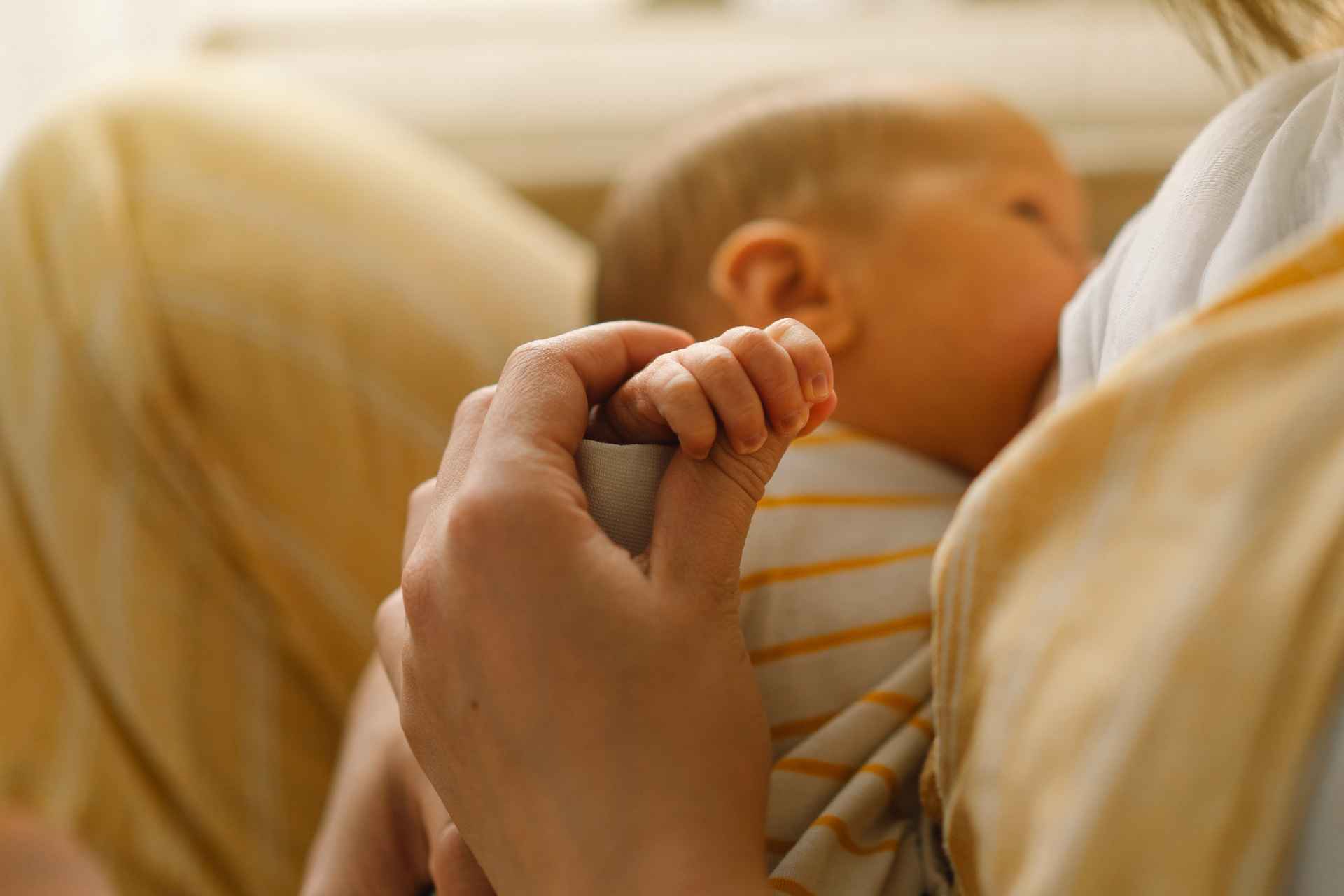Earlier research has shown that the development of the infant gut microbiota in the first year of life plays a crucial role in shaping future disease risk and overall health. Now, researchers have found that exclusive breastfeeding and a high abundance of Bifidobacterium bacteria in a baby’s gut during the first year of life may help reduce the number of antibiotic resistance genes, supporting a healthier gut microbiota.
The findings, published in Nature Communications, suggest that breastfeeding and Bifidobacterium could offer strategies to reduce antibiotic resistance early in life.
Right after birth, babies begin to develop a community of gut microbes and a resistome—the collection of antibiotic resistance genes associated with those microbes. This process is shaped by factors such as birth method, feeding, and antibiotic use. Since early exposure to these genes can lead to serious health risks, understanding how the infant resistome develops is crucial for preventing long-term problems.
Anna Samarra at the Institute of Agrochemistry and Food Technology in Valencia, Spain, and her colleagues set out to examine how breastfeeding and the presence of Bifidobacterium bacteria influence the development of antibiotic resistance genes in infants during their first year.
Antibiotic resistance
The researchers analyzed more than 265 stool samples from 66 mother-infant pairs. They found antibiotic resistance in every sample, with infants having more and a wider variety than their mothers, especially in the first week of life.
Many of these antibiotic resistance genes, especially those related to resistance against tetracyclines and macrolides, were shared between infants and their mothers. In the first year of life, the total number of antibiotic resistance genes in infants decreased, and their gut bacteria and resistome became more similar to those of their mothers.
Certain bacteria—such as Streptococcus, Staphylococcus, Escherichia, and Klebsiella—carried many of these resistance genes. However, diet and breastfeeding practices influenced which antibiotic resistance genes were present, the researchers found.
Window of opportunity
Infants with higher levels of Bifidobacterium bacteria in their guts during the first year of life tended to have lower levels of harmful bacteria such as Escherichia coli and Klebsiella, as well as fewer and less diverse antibiotic resistance genes.
Exclusive breastfeeding was linked to higher Bifidobacterium levels and helped reduce antibiotic resistance genes, especially in infants born through a C-section, who had more antibiotic resistance genes.
The protective effects of breastfeeding appear to be strongest in the first month of life, suggesting that this period is a “window of opportunity” to support a baby’s microbiota and reduce antibiotic resistance, the authors say. “Establishing evidence that breastfeeding or components of human milk offer protection against colonization or infection with [antimicrobial resistant] bacteria would provide strong support for intensifying efforts to
advocate for breastfeeding through policy initiatives.”









